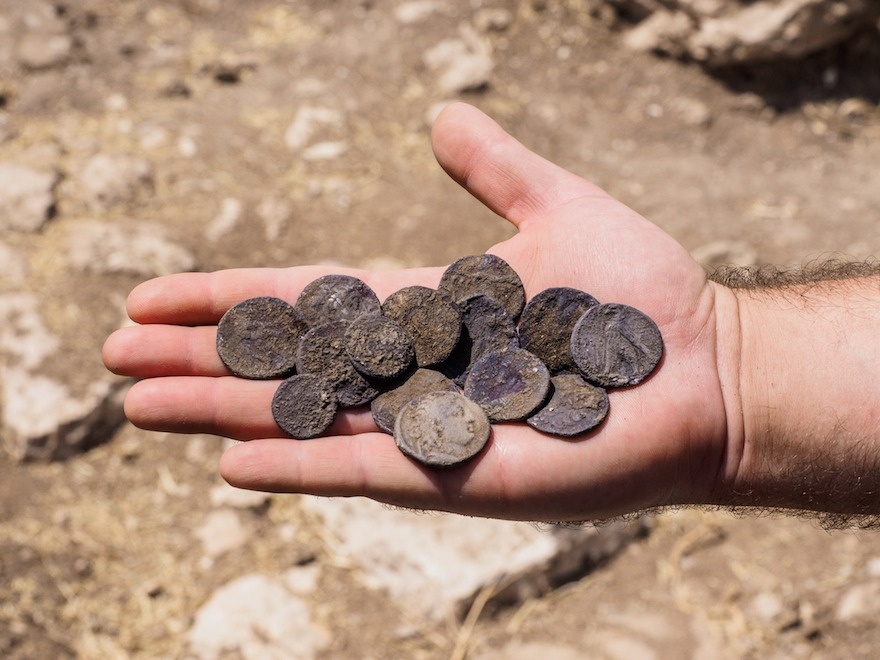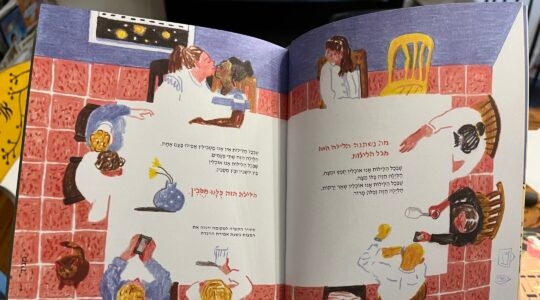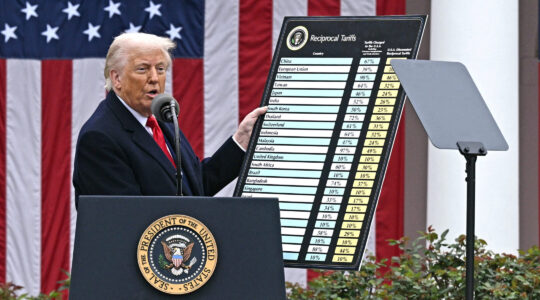Update: The coin that was believed to be a rare artifact from the Second Temple period is in actuality a souvenir from the Israel Museum in Jerusalem, according to a new report.
(JTA) — An 8-year-old Israeli girl found a rare coin from the Second Temple period.
The half-shekel coin dates from a time when it was used to pay a yearly Temple tax, archaeologist Zachi Dvira told The Times of Israel. The custom is prescribed in the Torah (Exodus 30:11-16).
Hallel Halevy discovered the coin in May when she was picking up her sister from kindergarten in the Halamish settlement in the West Bank, The Times of Israel reported. On Wednesday, she gave the coin to the archaeological department of the Israeli body that coordinates government activities in the West Bank, as required by law.
After Halevy told her father about the find, he contacted a local professor, Zohar Amar of Bar-Ilan University. Amar conducted some research and was able to identify the find as a half-shekel coin that he believes was made in 66-70 C.E.
“These half-shekel coins were used to pay the Temple tax during the Great Revolt, replacing the Tyrian shekel used previously,” Dvira said, referring to the currency approved by the Romans before their temporary overthrow by the Jewish Zealots. “It appears that these half-shekel coins were minted by the Temple authorities on the Temple Mount itself.”
Halevy said she was thrilled to have found the ancient coin.
“I felt that ‘wow!’ It was written on it ‘Jerusalem the Holy City.’ That’s really exciting,” she said, according to The Times of Israel.
JTA has documented Jewish history in real-time for over a century. Keep our journalism strong by joining us in supporting independent, award-winning reporting.






